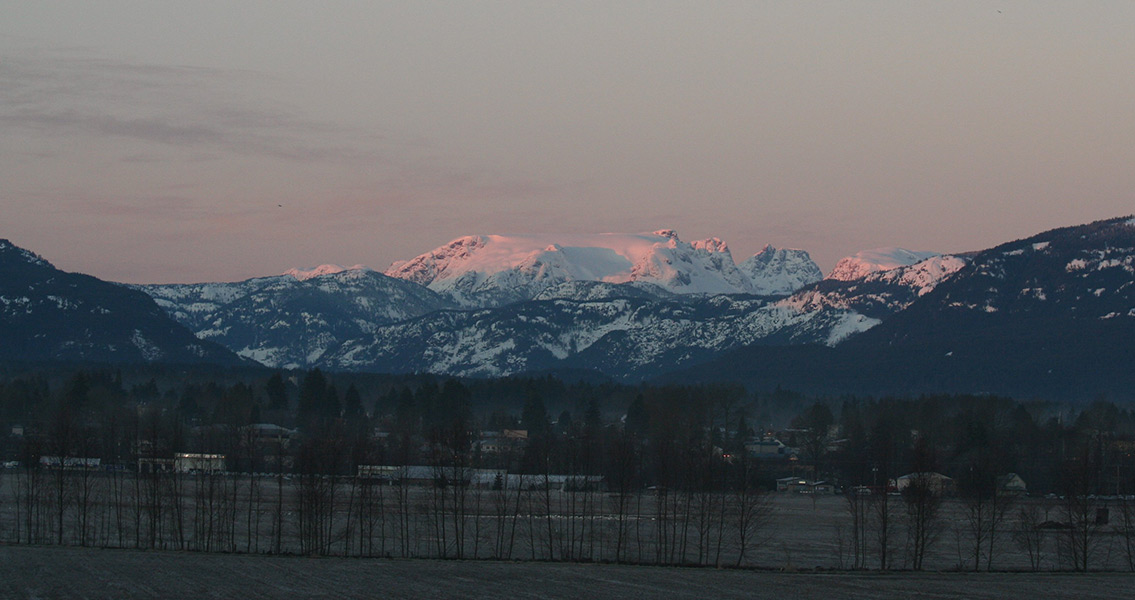<![CDATA[A six-week-long field school dig conducted by Simon Fraser University professors in Canada has led to the discovery of around 80 tablets, thought to be 2,000 years old, inscribed with mysterious symbols. In an interview with the Comox Valley Record, university archaeologist Bob Muir says he’s never seen a find quite like it. Describing it as “mystifying”, Muir, along with a colleague and nearly two dozen SFU students, made the discovery in a 100-meter-by-120-meter site located at the Puntledge RV Campground outside of Courtenay on Vancouver Island. First found in 2015 at a barbecue hosted by the K’ómoks First Nation, where celebrants found a deposit of shells while digging a roasting pit, it was soon confirmed that the site was a midden: a depository site for items such as animal bones and other assorted waste. The site, which is located within the Comox Valley – traditional home of the K’ómoks First Nation, yielded several small tablets, some the size of pebbles, most of which were flat and with images etched into one side. Muir remarked that these images might be interpretations of fertility symbols, or perhaps feathers or trees. One of only three sites within the valley to yield finds of this nature, the area was categorized as both “well-preserved and pristine” by researchers. Additional finds included a multitude of herring rakes, harpoon points and leatherworking or sewing implements in the form of bone needles. The bones and skulls of dogs, elk, and deer were also discovered, but it is the tablets that have been most exciting, especially after being estimated to be around two millennia in age. Muir remarked that it has proven difficult to make connections between the patterns and symbols on these diminutive tablets, as the markings are sometimes hard to spot with the naked eye. Nevertheless, the entirety of the find will be taken to SFU in order to be documented and photographed. The field school concluded this week, but students will be busy on campus for the next two as they help with the analysis of the finds from the site. After that, Muir said he plans to spend additional time researching the tablets and the other finds; once his study is concluded, the artifacts will be returned to the K’ómoks First Nation by early 2017 in order to be displayed. The K’ómoks First Nation, an indigenous people that traditionally called the eastern shores of Vancouver Island their home, now count approximately 330 individuals in their number. Also referred to as the Comox Indian Band and consisting of peoples known individually as the Sathloot, Sasitla, Ieeksun, Puntledge, Cha'chae, and Tat'poos, the K’ómoks First Nation suffered greatly at the hands of white settlers in the form of repeated loss of traditional territories and virulent smallpox outbreaks through the eighteenth, nineteenth and twentieth centuries. The Puntledge RV Campground is located on one of two Puntledge Indian Reserves created in 1876 by the Canadian government; the Comox and the Puntledge First Nations integrated in the early 1860s. ]]>
University Dig Finds 2,000 Year Old Mysterious Tablets
